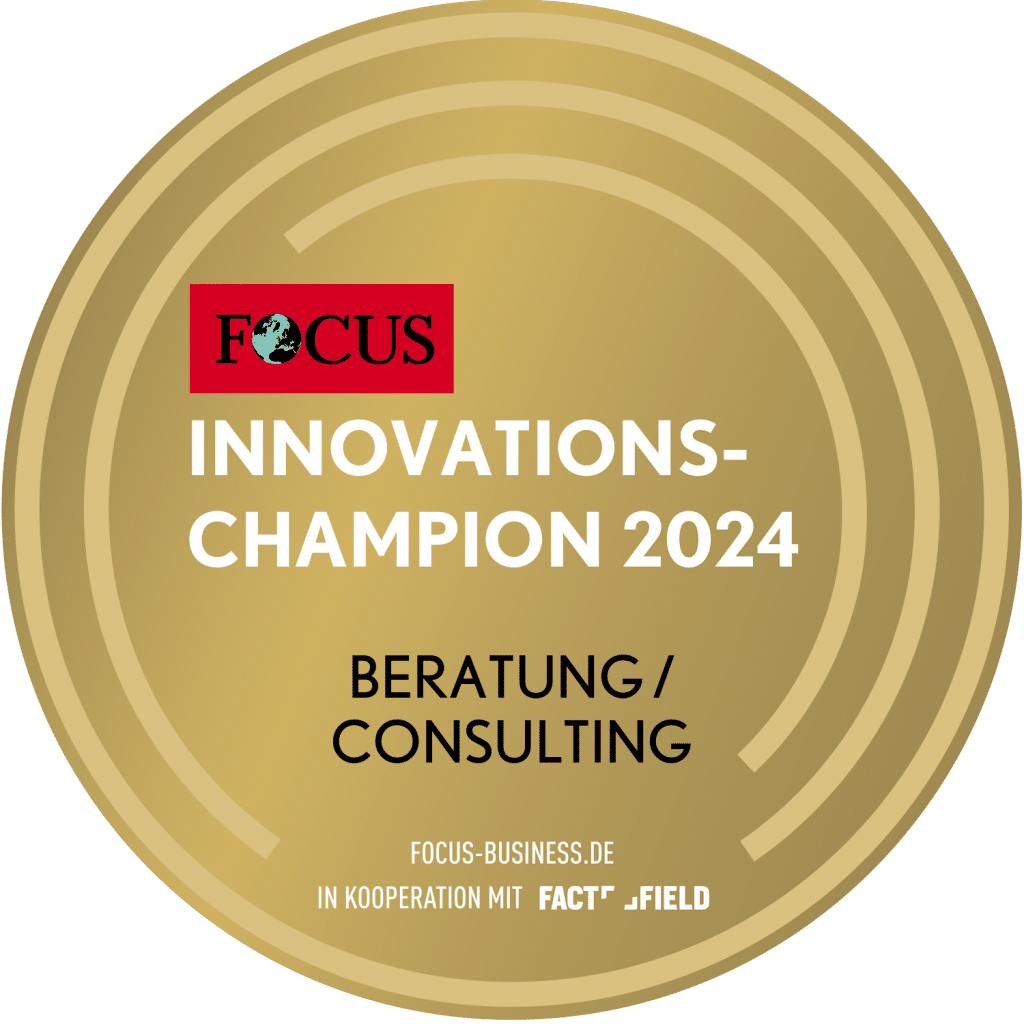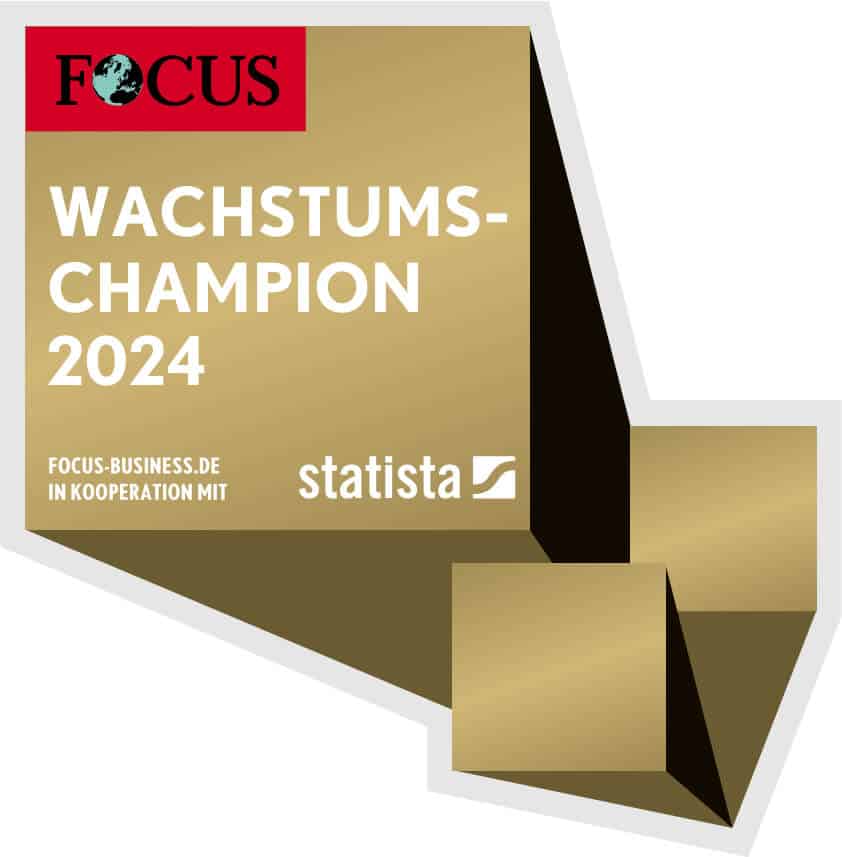Digital transformation, agile project management and agile methods: some buzzwords seem to be everywhere. But what actually characterizes all these things? We discussed this with Stefan Gyarfas spoken. As an expert in change and performance management, he has extensive experience in these areas. He describes himself as an "International Agile Project Manager" and provides an insight into his perspective on transformations in practice in the interview.
Substantial, sustainable, irreversible: how transformations succeed
Hello Mr. Gyarfas, how did you become an "International Agile Project Manager"?
Have a great day too, and thank you for inviting me to this interview! I've been international from birth, as the son of a German and a Hungarian who met in Brazil. I lived in Brazil until I was 27, then I moved to Germany, later to the USA and then to France for a year. I am not only influenced by my Brazilian homeland, but also by my career and many change situations, and last but not least, I have qualified professionally in agile methods. Last but not least, I started managing projects over 20 years ago and have never been able to let go...
Let's start with a very basic question before we get into the topic: What does transformation actually mean?
Transformation is a clear, serious change. I find the comparison with metamorphosis apt. It is defined as a profound, i.e. deep, substantial change in form. In the economic context, it is therefore a significant change that transforms a previous state "A" substantially, sustainably and irreversibly into a new state "B". This is linked to the objective that the organization that is being transformed is in a better position in the long term than without this transformation in terms of economic measurement criteria such as turnover, returns or market position.
A quick look at the internet quickly gives the impression that the term is used in an almost inflationary way. What makes a transformation digital?
Transformation itself is not necessarily digital. It becomes digital when it is causally linked to digital technologies. Thanks to the technical and economic maturity of these technologies, transformations of working methods, processes, customer interactions, supplier relationships and even entire business management models have become successfully feasible. In addition to the feasibility of such projects, the use of digital technologies opens up enormous additional opportunities, for example in the expansion of business into new markets. These "additional effects" have become the "turbo" of the digital projects and that is why the word is on everyone's lips.
What would you say: How much agility do transformations really need?
It depends on what is being transformed and with what objective. If you want to use digital possibilities to make existing processes more efficient, this can be planned and implemented fairly precisely today. Too much agility can also be counterproductive. However, most initiatives also want to realize the even less concrete and foreseeable opportunities associated with digital technologies. This is where you enter uncharted waters and have to deal with a lot of uncertainty. Agility is then necessary and the application of Methods of agile project realization very effective.
Let's get a little more specific: How does the Prince2 Agile Agilometer work?
The Agilometer is a very relevant tool in the Prince2 Agile methodology. It makes it possible to determine the degree of agility based on six criteria at a certain point in time. This is used to recognize the risk of agile working in a project. The individual criteria are assessed by the project customer themselves. An example of one of these criteria is the willingness to deal flexibly with the project's work results. If this willingness is rather low (which would not be atypical), but the project includes many unknown elements, this assessment indicates a risk that can be minimized with appropriate measures.
In your experience, what are the main critical success factors for any digital transformation?
As paradoxical as it may sound, the first priority is to have a project brief that is as crystal clear as possible. This is followed by ensuring a uniform understanding of agility and the method to be used (such as Scrum or Prince2 Agile), implemented through training or workshops. Another element critical to success is the creation of an agile "culture" that is accepted by the key stakeholders. This can be based on the principles of the Agile Manifesto, which must be communicated and internalized. Last but not least, the early, constant and trusting involvement of the customer in the agile project is essential. Conditio sine qua non.
Thank you very much, Mr. Gyarfas, for these interesting This highly topical subject is becoming increasingly important.
The interview with Stefan Gyarfas was conducted by the TCI editorial team.
(Cover image: © REDPIXEL| Fotolia)


